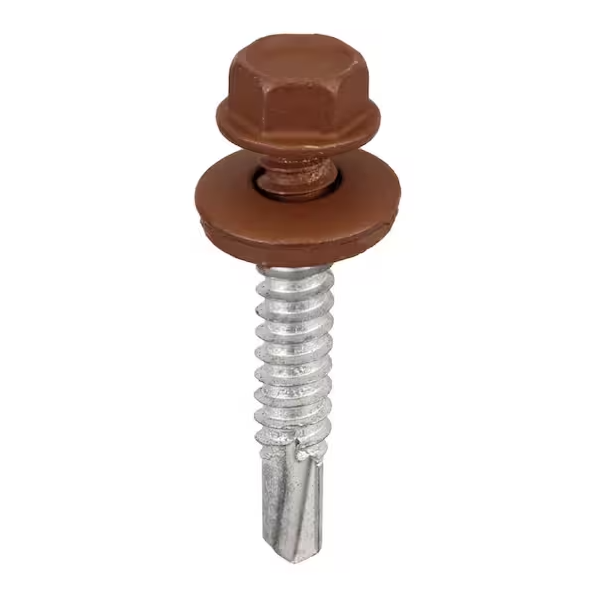Specifications for Flat Washers Used in Various Applications
Understanding Flat Washer Specifications A Comprehensive Guide
Flat washers are essential components in various mechanical assemblies, providing a surface for load distribution, preventing surface damage, and enhancing the overall stability of bolted connections. The specifications of flat washers can vary based on their intended application, and understanding these specifications is crucial for choosing the right washer. This article delves into the key specifications and considerations when selecting flat washers.
Material Composition
One of the first specifications to consider is the material composition of the washer. Flat washers can be made from a variety of materials, including steel, stainless steel, plastic, and brass.
- Steel Washers These are typically coated with zinc or other materials to resist corrosion and are commonly used in general applications where strength is a priority. - Stainless Steel Washers Known for their excellent corrosion resistance, these washers are ideal for use in environments exposed to moisture or chemicals. - Plastic Washers These washers provide electrical insulation and are often used in electronics and other precise applications. - Brass Washers These offer a combination of good strength and corrosion resistance, making them suitable for decorative applications or environments where rust may be a concern.
Size and Dimensions
Flat washers come in various sizes, which are specified by their internal diameter (ID), external diameter (OD), and thickness.
- Internal Diameter (ID) This is the hole size that fits over a bolt or screw. It is essential that the ID matches the bolt size to ensure that the washer will remain in place. - External Diameter (OD) This dimension measures how far the washer extends beyond the fastener. A larger OD allows for better load distribution, preventing damage to the surface being fastened. - Thickness The thickness of the washer affects its strength and load-bearing capability. Thicker washers can bear greater loads but may not always be necessary for lighter applications.
Choosing the correct size is critical for effective function. Washers that are too small may not distribute the load adequately, while oversized washers can lead to misalignment or excessive stress.
Load Ratings and Tolerances
Flat washers must also be selected based on their load ratings, which are influenced by the material, thickness, and size. Load ratings indicate the maximum load a washer can support before deforming or failing. This information can typically be found in manufacturer specifications or data sheets.
flat washer specifications

Additionally, tolerances play a significant role in washer specifications. Tolerance refers to the permissible limit or limits of variation in a physical dimension. In mechanical applications, tight tolerances are often required to ensure proper fit and function. Manufacturers must adhere to industry standards, such as ANSI Standard B18.22.1, which provides guidelines for the dimensions and tolerances of flat washers.
Finish and Coating
The finish of a flat washer can affect both its performance and durability. Common finishes include
- Plain Finish Ungalvanized, uncoated surface generally used in dry environments. - Zinc Plated Offers corrosion resistance; ideal for general-purpose use. - Phosphate Coating Provides better lubrication properties and corrosion resistance. - Anodized Finishes Particularly for aluminum washers, providing enhanced corrosion resistance and aesthetic appeal.
Selecting the appropriate finish based on the environment in which the washer will function is critical for longevity and performance.
Applications
Flat washers are used in a multitude of applications across various industries, including
- Automotive To secure components and distribute loads within vehicles. - Construction For stability in structural assemblies and building frameworks. - Electronics Enhancing connections within electronic devices, especially when electrical insulation is necessary. - Manufacturing Used in machinery and equipment to ensure reliability and safety.
Conclusion
In conclusion, understanding flat washer specifications is vital for anyone involved in mechanical assembly, whether in construction, manufacturing, or automotive applications. Factors such as material, size, load rating, finish, and specific application can all influence performance and longevity. By carefully considering these specifications, one can ensure the efficient and safe operation of mechanical assemblies, ultimately leading to improved performance and reliability in their intended applications.
-
Top Choices for Plasterboard FixingNewsDec.26,2024
-
The Versatility of Specialty WashersNewsDec.26,2024
-
Secure Your ProjectsNewsDec.26,2024
-
Essential Screws for Chipboard Flooring ProjectsNewsDec.26,2024
-
Choosing the Right Drywall ScrewsNewsDec.26,2024
-
Black Phosphate Screws for Superior PerformanceNewsDec.26,2024
-
The Versatile Choice of Nylon Flat Washers for Your NeedsNewsDec.18,2024










